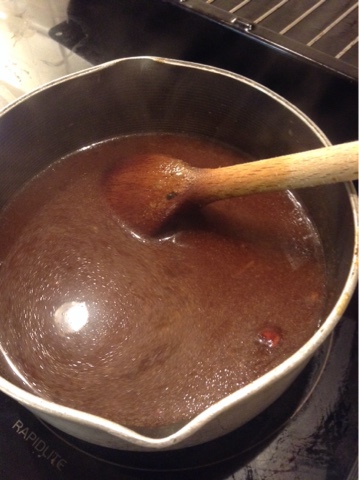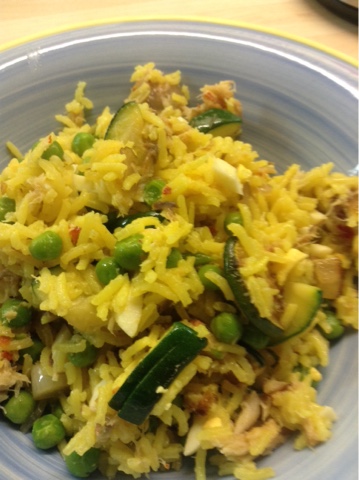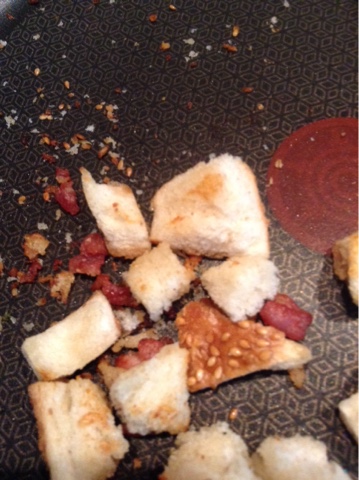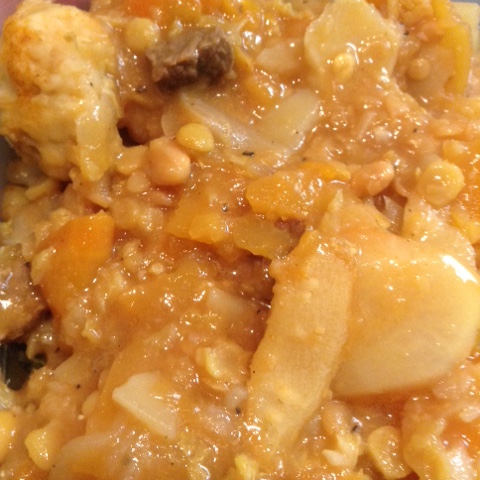Foraging has become a bit trendy recently, but we've always liked getting something for nothing, so we headed out to a local wood for a stroll and chestnut gathering opportunity. There were loads, and in the end, with two full big bags, we had to force ourselves to stop looking down at the ground trying to spot yet more candidates, bigger and glossier than the ones already in our bags.
Back home, we headed to the Internet to find out how to deal with the mountain of shiny brown nuts.
First attempt involved laboriously and hazardously cutting an x into each nut before roasting them in the oven for half an hour and attempting to peel them whilst still warm. I left the other half to it, and a couple of hours and a couple of bleeding fingers later about a third of the chestnuts were cooked and peeled. There had to be an easier way.
Back to the land of YouTube we went, this time appending our search with 'easy way'. Bingo! Cut the nuts in half, bung a handful of nut halves in the microwave for 12 seconds, remove from the microwave and ease the skins off with some pliers whilst the nuts are still warm. Repeat until done. Then roast the nuts in the oven at 180c for about 15 minutes, but keep an eye on them as you don't want them to dry out or burn.
Next question, what to do with the stockpile of foraged goodness. We made this soup. It was delicious; rich and creamy and full of flavour. I'm not sure I'd have guessed that chestnuts were in it, but this recipe is definitely a keeper.
2 onions, chopped (I might try leeks next time)
3 sticks celery, roughly chopped
1 clove garlic, peeled and chopped
2 large carrots, peeled and chopped
A couple of sprigs of thyme
A bayleaf
About 75g cooking bacon, diced
500g peeled cooked chestnuts
1.5 litres gammon or chicken stock (I used half of each because that's what I had in the freezer)
For the croutons:
75g stale white bread, cubed
1 tbsp cooking bacon, finely chopped
Small clove garlic crushed
Glug olive oil
Fresh thyme leaves, about half a teaspoon or a couple of sprigs worth.
Sauté the onion, bacon, celery, and garlic in olive oil until slightly softened.
Add the rest of the ingredients and bring to the boil.
Simmer for about 40 minutes until everything is soft.
While it's simmering, make the croutons by frying the bacon in the olive oil for a couple of minutes, before adding the bread cubes and thyme. Fry the cubes until they are golden toasty and crispy, adding the garlic for the last minute to stop it from burning.
Remove the thyme and bayleaf from the soup and purée with a hand blender.
Scatter with the croutons and serve immediately.





















































